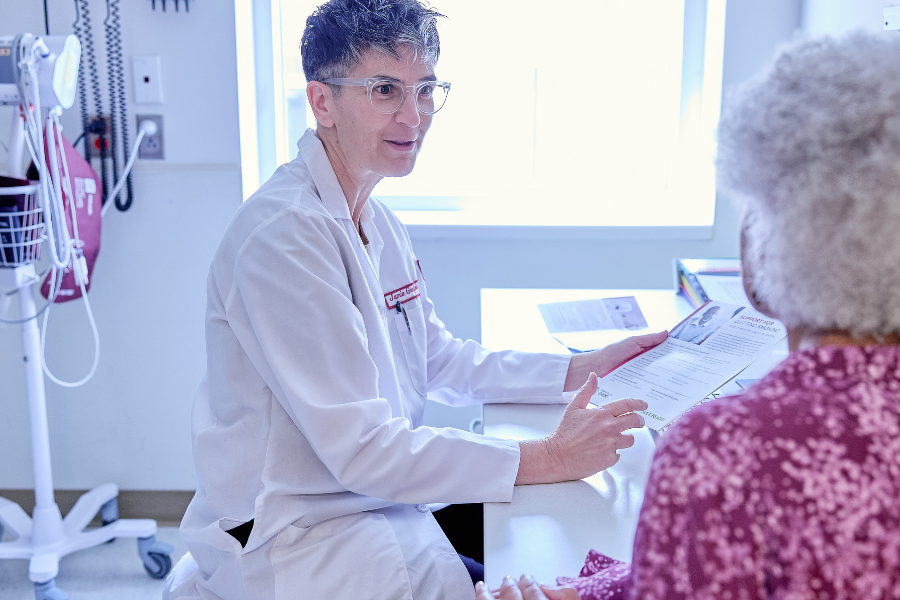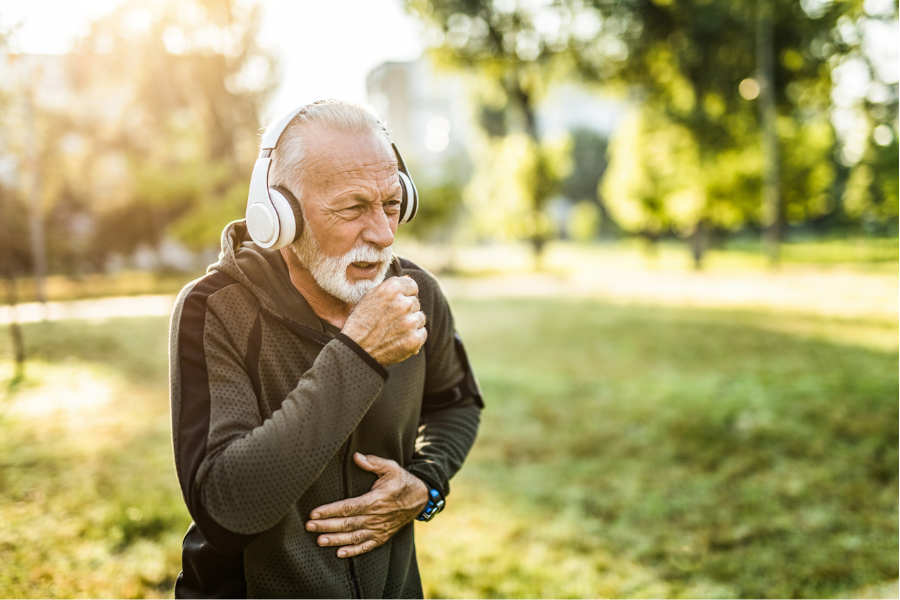Many people feel anxious and fearful about the 2019 novel coronavirus (COVID-19) that is sweeping the nation — and people living with chronic lung disease may fear COVID-19 more than most.
As a nurse practitioner in our Lung Center, I see many concerned faces among our patients with chronic obstructive pulmonary disease (COPD), pulmonary fibrosis and other lung conditions, which is understandable.
I want to provide some steps to help you stay safe from the coronavirus and to get help quickly if you notice early signs and symptoms of the disease. Here’s what you need to know.
Jump to:
- Know How COVID-19 Spreads
- Prepare Your Household
- Know Your “Normal”
- Focus on Your Well-Being
- Seek Out Support
1. Know How COVID-19 Spreads
If you know how the coronavirus spreads, you can take steps to help reduce your risk. According to the CDC, the coronavirus causing COVID-19 spreads:
- Between people in close contact (about 6 feet apart or less) through the saliva or mucus of an infected person coughing or sneezing near another
- Possibly by touching a contaminated surface and then touching your face, eyes, nose or mouth, which may transfer the virus to your body
- Possibly by asymptomatic people in close contact with uninfected people
Because you have a chronic lung disease, you need to follow the CDC’s general guidelines on how to avoid contracting the coronavirus. But you also need to take a few additional precautions. I recommend the following:
- If you use oxygen, wipe down the tubing and cannula with alcohol regularly, or at least once a day.
- Take extra tubing and cannulas with you when you go out. Discard any tubing or cannula that touches the ground or floor.
- Avoid setting your portable oxygen concentrator or tanks on the floor or any other surface. Instead, try to hold these devices on your lap or attach them to a wheelchair, if you use one. If you pull a portable tank caddy, be sure to wipe it (and all of your oxygen equipment) down with disinfecting cloths as soon as possible after returning home.

